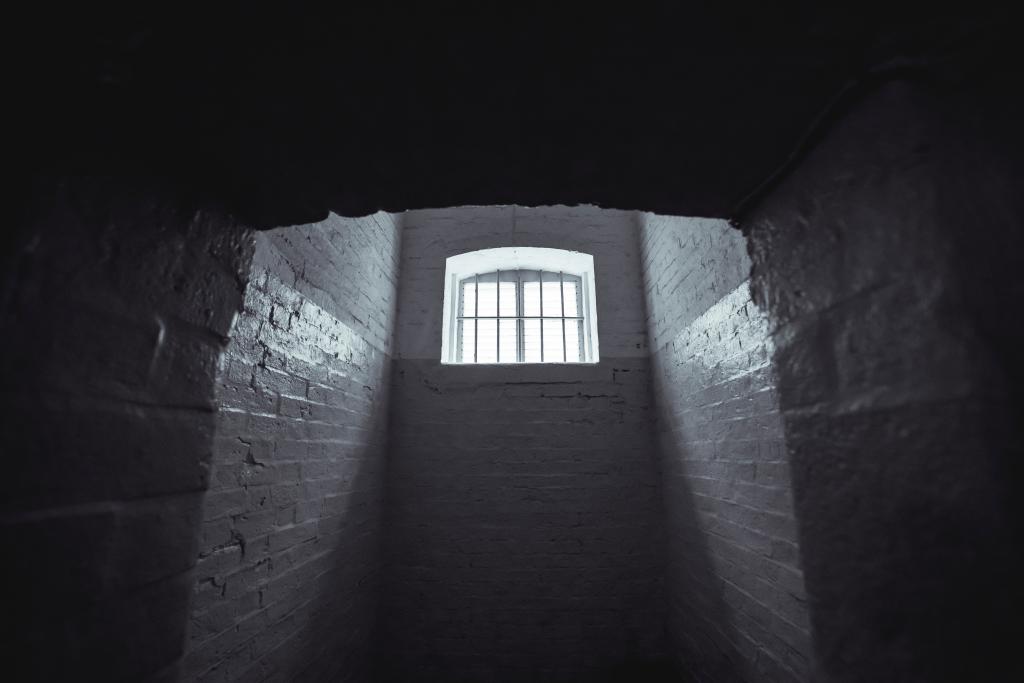Awarding damages in the context of building contract disputes is not always an exact science and it often requires judges to perform evidence-based assessments of risks and opportunities. That was certainly so in a case concerning the construction of a spooky visitor attraction at a historic former prison.
The developer of the attraction – known as the ‘Dark Walk’ – engaged a contractor to perform the works, which were priced at over £3.8 million, in three sections. The contractor carried out the first two sections but the developer appointed another company to complete the works. It did so in breach of its contractual obligations in that it failed to invite the contractor to re-tender for the third section.
The dispute had been the subject of two adjudications before it came before the High Court for an assessment of damages. Disputing the size of the claim, the developer contended that it would have been entitled to terminate the contractor’s employment without compensating it for lost profits or overheads. It also asserted that, even if the contractor had been invited to re-tender for the third section works, it would not have been selected to perform them.
Ruling on the matter, the Court found on the evidence that the contractor would have had a real and substantial chance of being employed to complete the third section works had it been afforded the opportunity to re-tender. The Court assessed the chance of the contractor being awarded the third section contract at 66 per cent. On that basis, the contractor was entitled to £212,118 in damages.
